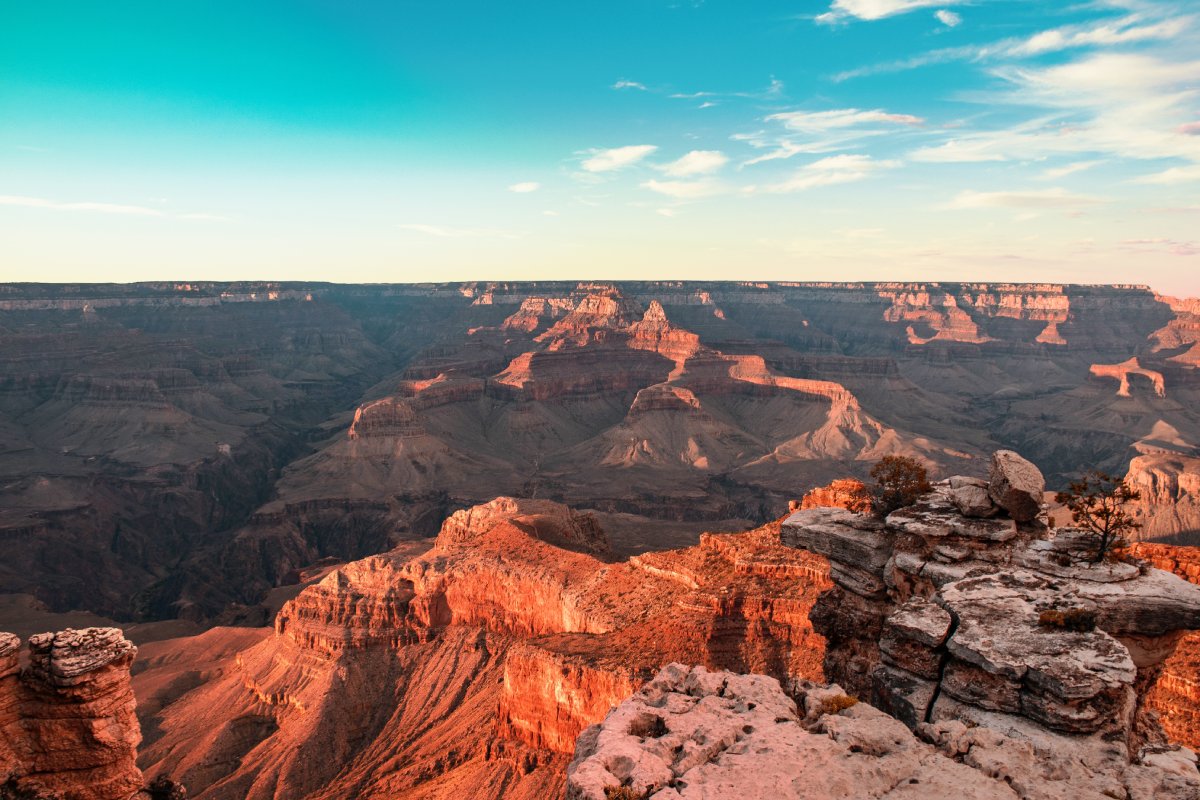Skift Take
The Grand Canyon — one of America's most popular parks — will replace its current fleet and introduce 30 new buses.
Grand Canyon National Park received $27.5 million in federal funding to electrify its bus shuttles, the National Park Service announced last week.
As part of the project, the park will replace its current fleet and introduce 30 new buses, which include 10 new battery electric buses and 20 new compressed natural gas buses, and charging infrastructure to support the buses.
“This project will address transportation challenges related to maintaining an aging fleet, and the National Park Service goal to achieve sustainable transportation alternatives,” said Grand Canyon National Park Superintendent Ed Keable.
The Grand Canyon receives 6 million visitors per year and is one of the U.S.’s most popular and iconic parks.
The project is one of seven to receive a portion of the $130.5 million under the Federal Highway Administration’s Nationally Significant Federal Lands and Tribal Transportation Projects Program.
In 2021, Zion National Park received $33 million in funding to electrify its fleet. The funding came from the same program as well as the National Park Service, local governments and a nonprofit organization.
A major objective of the National Parks has been to reduce its carbon footprint. One avenue has been transitioning its fleet to 100% electric vehicles and installing charging station infrastructure.
“We can’t directly influence what kind of cars people drive, how they choose to travel to a park, but what we can do is manage within a park to reduce the footprint as much as we can,” said National Parks Service Tourism Analyst Donald Leadbetter.
Electric vehicle adoption has been slow in the U.S. Only 9% of Americans own an electric or hybrid vehicle, according to a 2022 Pew Research Center survey.
Some large tour groups like Intrepid Travel have been searching for ways to incorporate electric vehicles into their operations.
One barrier for electric vehicle adoption has been cost for individuals and organizations. It’s expensive to buy vehicles, install chargers, train drivers and reconfigure support infrastructure, said Leadbetter.
Last year, the Biden Administration made nearly $5 billion in funds available to states and businesses over five years to invest in charging stations. Some destination marketing organizations like Visit North Carolina have been working with their state government to use these funds to provide more transportation options to tourists.
One hope is that the transition will help more Americans become comfortable with electric vehicle travel and get first-hand experience in seeing its value as reliable, dependable, quiet and ability to provide a high-quality experience, said Leadbetter.
“Having the government be a first mover, that makes it more of a norm and that gets people comfortable with those modalities,” he said.
The Daily Newsletter
Our daily coverage of the global travel industry. Written by editors and analysts from across Skift’s brands.
Have a confidential tip for Skift? Get in touch
Tags: electric vehicles, grand canyon, national parks, sustainability
Photo credit: Photo Credit: Gabriel Tovar Gabriel Tovar / Unsplash

